Lessons from a 'violence interrupter' as shootings continue to ravage Chicago
Reggie Woods was part of the problem. Now he's on the front lines of prevention.
This report is a part of "Rethinking Gun Violence," an ABC News series examining the level of gun violence in the U.S. -- and what can be done about it. “American Epidemic: One Nation Under Fire” is on ABC News Live TONIGHT at 8:30 p.m. ET, and will be available on Hulu.
As gun violence continues to skyrocket in Chicago, the police, experts and city officials are scrambling for answers, but few understand gun violence like Reggie Woods.
Woods lost family, friends and community members to shootings, and was once a perpetrator of gun violence himself. He is now on the front lines of prevention as a street outreach worker or "violence interrupter" for the violence prevention team at UCAN Chicago, a social services organization that serves youth.
Amid the COVID-19 pandemic, shootings have spiked in the city, according to Chicago Police Department crime statistics. The most recent data shows that through Nov. 8, there have so far been 3,105 shooting incidents in 2021, an increase of 10% over 2020 and a 66% increase compared with 2019.
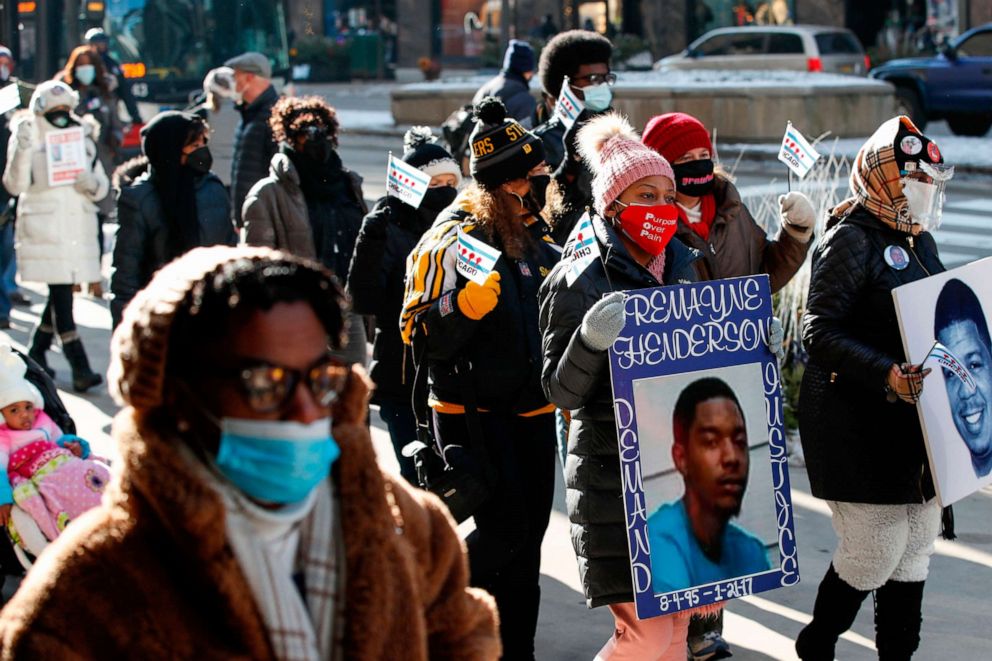
Woods' job is to diffuse and mediate conflicts that could escalate into shootings, teach young people about alternatives to gun violence and connect them with resources that the social services organization offers to ease some of the hardships they endure.
"We've located hotspots in our community where we canvas daily and we do on-site mediations and put out fires before they get started on the front end," Woods told ABC News.
The violence interrupter model started in Chicago in 1995, and over the past 15 years, it has been adopted by major cities across the country. Some advocates have argued that community-based prevention efforts should replace police, while others see them as complementary.
But has this approach worked?
Check back tomorrow, when we look into whether taxing guns and ammunition could prevent gun violence.
According to experts who study and evaluate solutions to gun violence, research shows that the concept is "promising," but challenges persist when it comes to implementation and funding; however, a consistent merit of the model is the value of the violence interrupters themselves.
'Most people are just a product of their environment'
Woods is from the neighborhood of North Lawndale on the West Side of Chicago -- where 46% of the population has a household income of $25,000 or less, according to data from the American Community Survey. According to CPD crime statistics, gun violence has been on the rise in the district that includes North Lawndale.
Woods said that while he was growing up in the 1980s and early 1990s, the crack epidemic hit the city and gangs ruled the streets.
He was the youngest of seven children and, growing up without a father, his older brother Derrick was a father figure to him and his best friend.
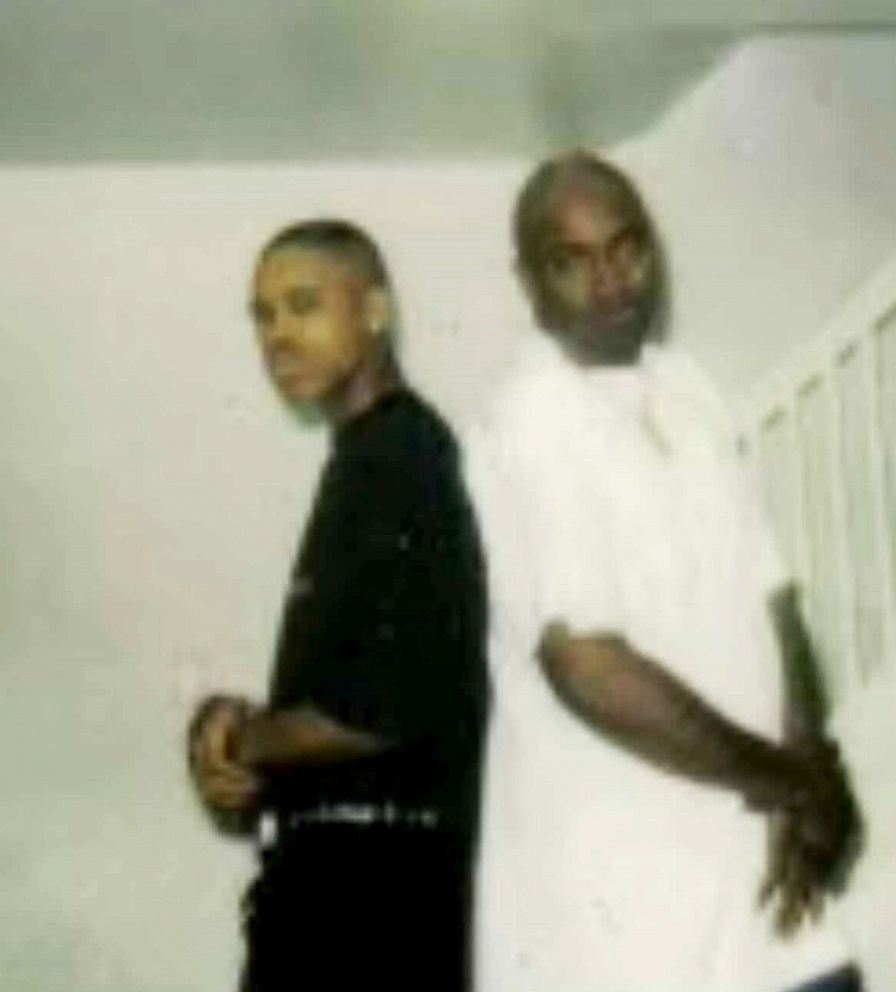
Derrick was involved in the gang world in Chicago, and for Reggie, that world was all he knew.
Losing my big brother, I had lost focus, I had lost the will to live at one point
In the mid-1990s, Reggie was a teenager when Derrick, who was in his late 20s, was shot and killed on the streets.
"My brother was everything to me … losing my big brother, I had lost focus, I had lost the will to live at one point," he said.
A few years later, at the age of 18, Woods was convicted for an attempted triple homicide with a firearm.
"I was real reckless ... until I had my first daughter, I had really no purpose," he said.
The power of 'credible messengers'
Around the time Woods was released from prison, CeaseFire -- the first violence interruption program -- launched in Chicago.
It was based on a public health approach to gun violence prevention that was developed by epidemiologist Gary Slutkin in 1995.
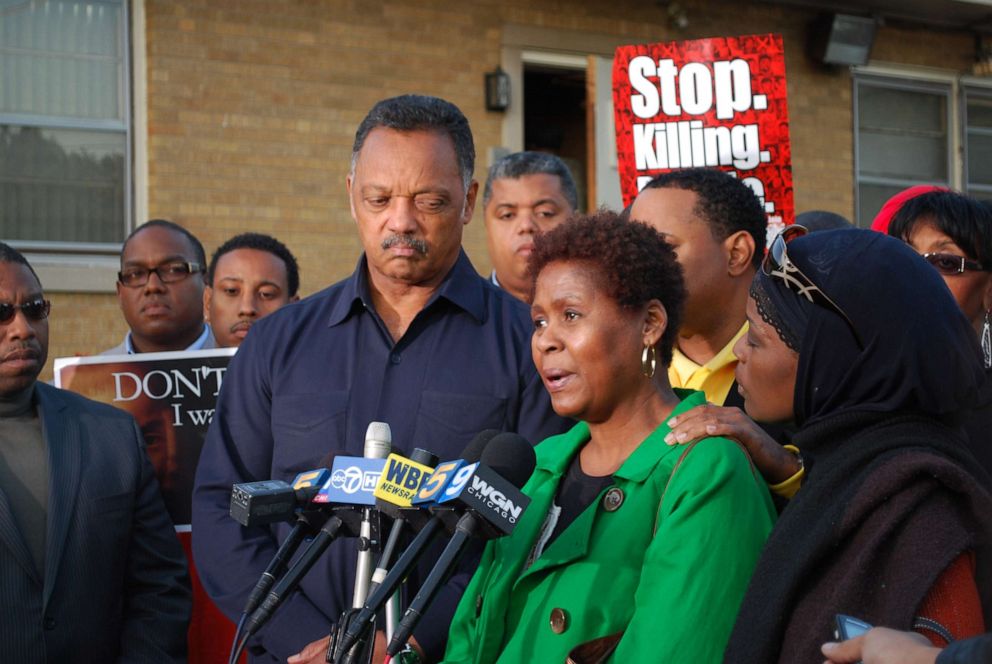
Slutkin argued that former gang members and individuals who had gone through the criminal justice system like Woods could help change the behavior of some of the most high-risk individuals -- those who own weapons, have gone through the criminal justice system in the past or have affiliations with gangs or groups that engage in criminal activity.
"[Violence interrupters] are from the same streets, grew up in the same areas and had the same experiences as young people and so they just have more access and access means influence," said Jeffrey Butts, director of the Research and Evaluation Center at John Jay College of Criminal Justice. "The possibility of influencing someone's behavior and attitude is stronger if you come at them as an equal."

In the late 1990s and early 2000s, CeaseFire deployed former gang members into targeted communities to convince gang leaders to urge followers to stop shooting each other, according to Daniel Webster, director of the Center for Gun Policy and Research at Johns Hopkins University.
"A lot of the violence had been very group to group kind of violence," Webster said, explaining that CeaseFire outreach workers were able to get some gang leaders to call a truce by convincing them it was in their best interest.
"The underlying motivation had to do with drug profits," Webster said. "... If you keep shooting people, it's gonna mess up your business, you're gonna get more law enforcement in here, it's gonna scare away your customers … so get your people to stop it."
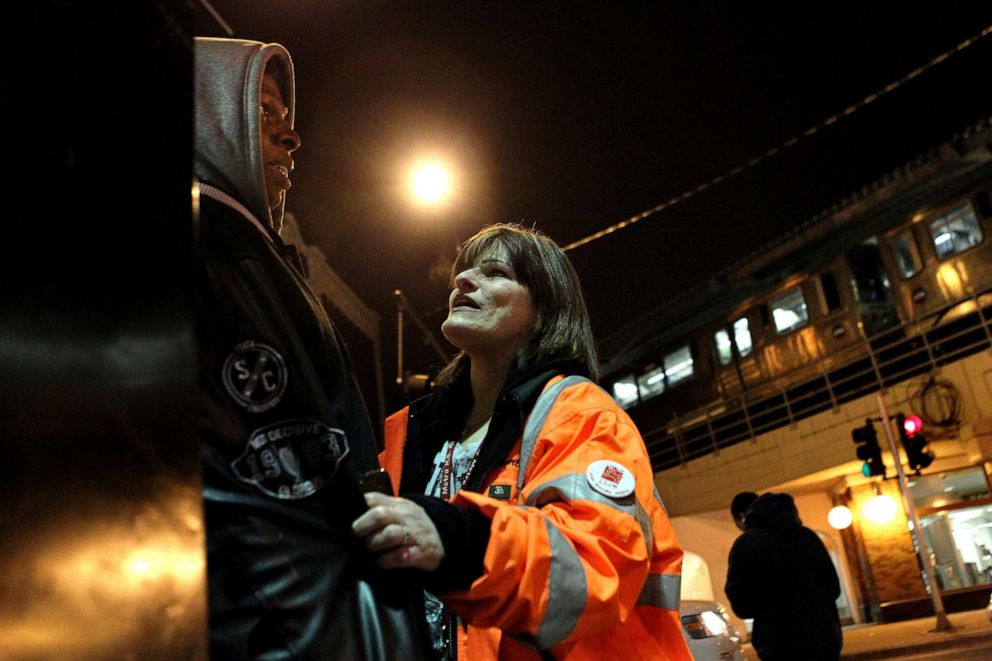
A 2009 evaluation of the program sponsored by the National Institute of Justice, "found that CeaseFire had a significant positive impact on many of the neighborhoods in which the program was implemented, including a decline of 16 to 28 percent in the number of shootings in four of the seven sites studied."
Woods was one of the interrupters responsible for that.
He said that the birth of his daughter Renia in November 1997 was a turning point for him, and although he was set to spend the next five years in prison, he vowed to change his life.
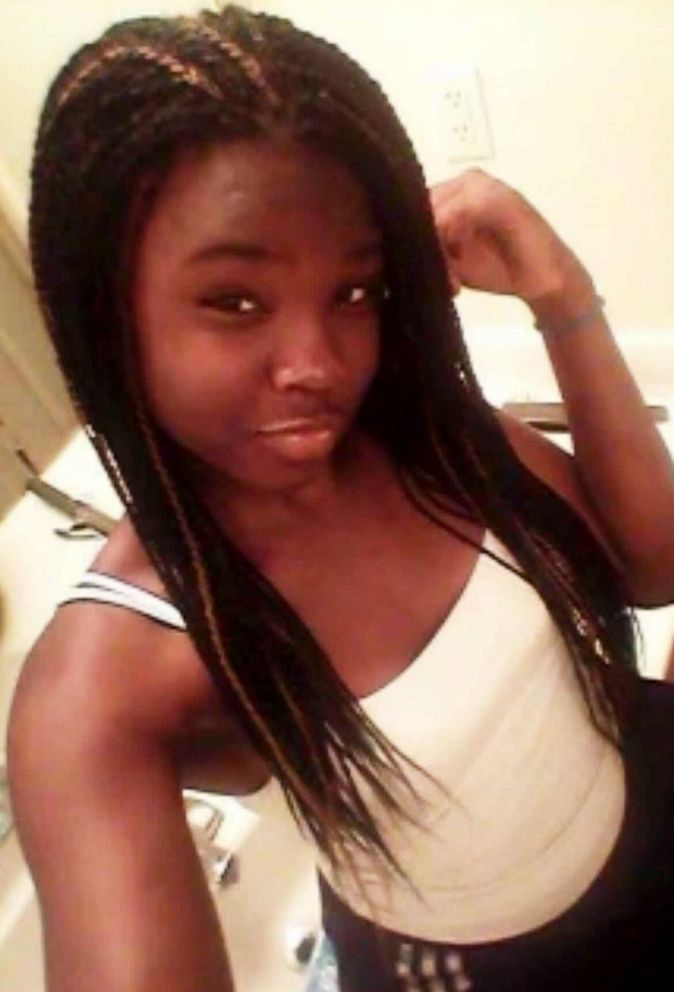
While he was incarcerated, he earned his GED and a college degree, and when he was released from prison in 2002, he became involved in peace-making in his neighborhood.
"I was just on the streets trying to steer kids away from killing each other and getting caught up the way I got caught up," he said.
When he learned of the Ceasefire program, he became an official violence interrupter, but when the program lost funding -- an ongoing challenge for many sites -- Woods encountered outreach workers from UCAN and has been working with them for the past four years.
I was just on the streets trying to steer kids away from killing each other
He said that his life experience is what helps him relate and connect with high-risk youth.
"I grew up with their fathers, their fathers ran the streets with me, so being a credible messenger in my own right, their mothers and fathers understood what life I lived," he said. "... they're more willing to give their kids to me to help them."
How the program works
The first job of a violence interrupter is to identify high-risk individuals in the community, according to Frank Perez, the leader of the violence intervention team at UCAN.
"We have these seven or eight different categories that tell us this is the right type of individual that we need to go after," he said, including, "someone who is known to be a known gang member, someone who is known to be a weapons carrier, someone who is known to be involved in high-risk activity in the streets, drug dealing, gambling, you know, things of that nature."

After making the connection, a violence interrupter serves as a mediator to help solve conflicts between community members, Woods said.
That is an area where the team has been successful, Perez said, but added that it's difficult to quantify.
"We do these things called mediations where we're able to disrupt stuff on the front end, and help or stop a retaliation to something bad that's already happened," Perez said. "And as a researcher, you really can't quantify that stuff. Because I can tell you that I had 70 mediations, but how do I add something that didn't turn into gun violence?"
In order to motivate "clients" to stay connected with UCAN staff, violence interrupters connect individuals with case managers who meet with them to determine what kind of help they may need -- from food and health care, to finding a job -- and how resources UCAN offers can assist them.
'I don't think we can reach everybody'
It has become "much more challenging" to work with the violence interruption model over the past decade, Webster said, because gangs "don't have the same kind of influence" and many of the disputes are personal and taking place on social media, making them more difficult to track or mediate.
"It's just a lawless situation. Right now it's just basically every man for himself in Chicago," Woods said, explaining that gangs, which had influence over large swaths of the population, have splintered off into "a lot of cliques" with no structure and no clear leadership.

According to Perez, there are at most a dozen violence interrupters working in the neighborhood of North Lawndale, which has a population of nearly 34,000 and about the same number work in Roseland, which has a population of about 45,000.
Both neighborhoods are in districts where shooting incidents have continued to surge for the past four years, according to Chicago Police Department crime statistics.
To get to everybody we're going to have to do a lot more work
"One of the pitfalls to this work is I don't think we can reach everybody," Woods said. "I think we're going to be able to reach them one at a time. To get to everybody we're going to have to do a lot more work."
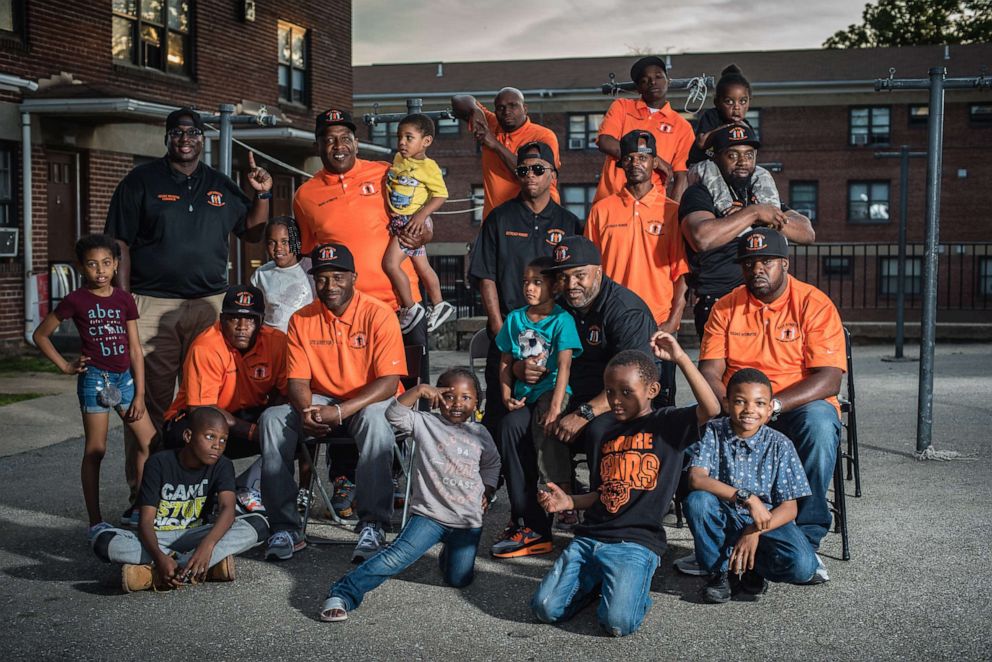
In Baltimore, where the majority of shootings are motivated by personal disputes, the staff at Safe Streets -- a program also modeled after CeaseFire -- is facing similar challenges.
Rashad Singletary, the associate director of gun violence prevention in Baltimore's Mayor's Office of Neighborhood Safety and Engagement, said that although Safe Streets has been able to grow from four sites to 10 sites with additional funding from the city, the 10 sites only reach 2.6 miles of Baltimore, a city that spans 92 miles of Maryland.
Webster, who has led evaluations of Safe Streets since its launch in 2007, said that a 2012 study published by the Johns Hopkins Bloomberg School of Public Health found that Safe Streets workers were successful at reducing gun violence in three of four neighborhoods where sites were established.
Although results of a 2015 evaluation were more mixed, Webster said another finding was that young people in neighborhoods with violence interruption programs were less likely to believe gun violence was an acceptable way to respond to conflict.
According to Butts, this key measure of success was also found in a 2017 evaluation of violence interrupter programs in New York City.
"We're not even very good at funding and managing these programs and yet, we're still seeing effects," Butts said. "... just imagine what we could do if we got serious about managing them and implementing them properly."
No badge and no protection
Despite the fact that their jobs are dangerous and demanding, the salaries of violence interrupters are "abysmally low," Webster said, and they often live in neighborhoods where poverty and gun violence are rampant.
"[As a violence interrupter], you're gonna work in one of the most dangerous cities in America, you're gonna work in some of the most violent neighborhoods in that city," he said. "And you're going to connect with the most risky people who might shoot or be shot. And your job is to keep them from shooting each other, and we're not going to give you a badge [or] a gun."
Over the past year, this reality hit home for the staff at Safe Streets.

Dante Barksdale, a Safe Streets outreach coordinator, and Kenyell "Benny" Wilson, a Safe Streets violence interrupter, were shot and killed in separate incidents in January and July. They were beloved and longtime members of the team who had devoted their lives to reducing gun violence.
"We were devastated, it was very traumatizing. It's very difficult to say their names or to think of them, and to not feel that consistent void in our hearts because they were definitely individuals who impacted the community in such an incredible way," Singletary said. "And for them to lose their lives to the same thing that we tried to save thousands of lives from, it was very, very disheartening and tragic."
A few years ago, Woods experienced a tragedy of his own.
I don't think I'd be effective at my job if I was scared
His firstborn daughter Renia, whose birth inspired him to change his life, was killed in Indianapolis in 2016. She was 18 -- about the same age Woods was when she was born.
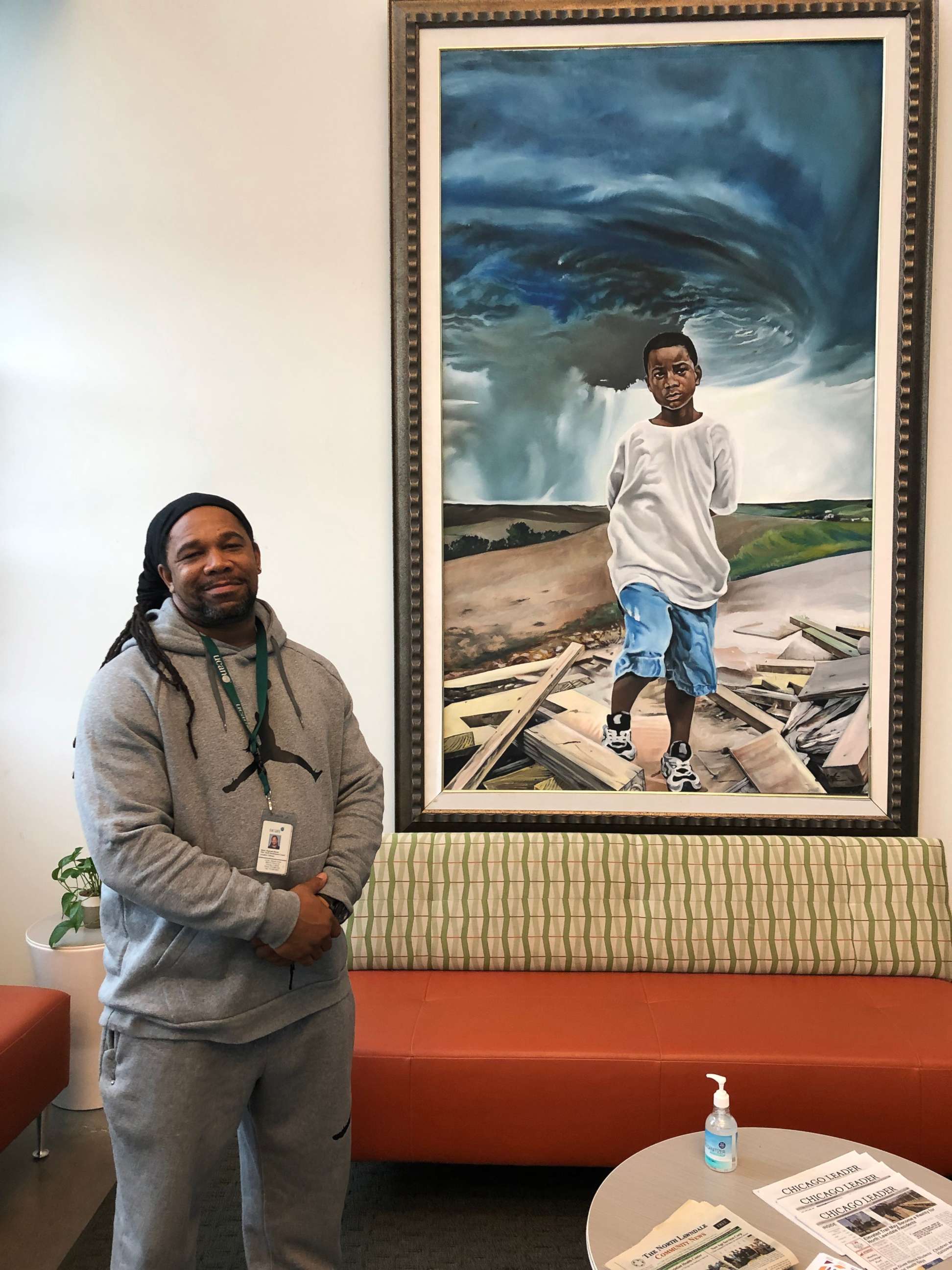
"[Losing my daughter] made me more driven to reach more parents to try to help more families not to go through what I went through," he said, explaining that although Renia was not killed by gun violence, the pain of losing a child to violence is the same.
Asked if he has felt unsafe while on the job, Woods said that to be a violence interrupter, "you've got to have thick skin."
"I don't think I'd be effective at my job if I was scared," he said.
"I think the only thing that I wish I could do better is to get some more of these kids and have more resources to give them. As far as being scared of them, no. Most of these kids are scared of themselves."




